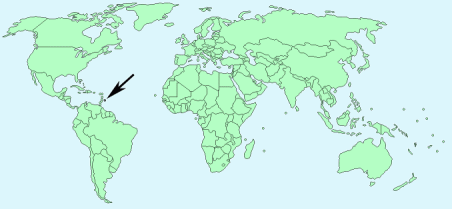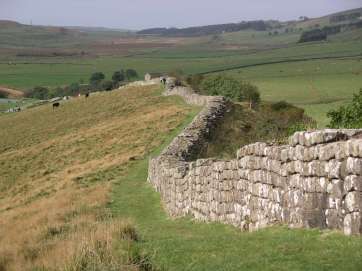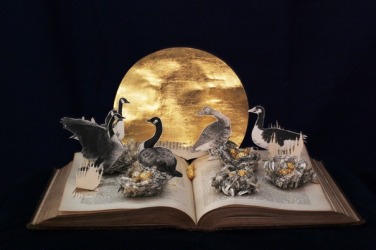Canary Islands Day:
The Canary Islands include Tenerife, Lanzarote and Gran Canaria. They are not named after canaries, but after dogs: Canariae Insulae is Latin for ‘Island of the Dogs’, hence the little doggies on their flag.
Canaries are named after the islands.
The Romans knew of the islands, when they were apparently uninhabited but had ruined buildings.
When Europeans explored the islands from the 14th century, the people living there, the Guanches, had a Stone-Age lifestyle.
In 1402 French explorer Jean de Bethéncourt conquered the Canary Islands for Castille (a medieval kingdom in Spain).
In 1448 Bethéncourt’s heir sold Lanzarote to the Portuguese. The Castilians and the Lanzaroteans did not like this, and pushed the Portuguese out. But from then on Portugal and Castile kind of shared the islands and their surrounding area.
The islands became an important stopping point for Spanish ships on their way to the New World in the 16th century and the islanders became rich from the trade. This wealth attracted not only pirates but also the Dutch, who took time out of their War of Independence in 1599 to attack the islands, and also our own Nelson, who lost his arm trying to take over the Canary Islands in 1797.

The Canary Islands’ sugar exports couldn’t compete with the slave-plantations in the New World, and so switched to cochineal (powdered beetles still used as food colouring today).
Thousands of Canarians emigrated to the New World during this time.
At the beginning of the 20th century, the British began growing bananas in the Canary Islands. I don’t know how we got in there, but we did.
In 1936 Francisco Franco became General Commandant of the Canary Islands, and on 17 July joined the military revolt that began the horrendous Spanish Civil War. He later became dictator of Spain and the islands.
After Franco died in 1975, Spain became a democratic constitutional monarchy (which means they have a royal family but they don’t make the laws, just like Britain), and in 1982 the Canary Islands were granted independence and a year later held their own elections.
Most Canarians feel equally Spanish and Canarian. They have their own wrestling style (Canarian wrestling),
and a kind of fencing using long sticks (called ‘the game of sticks/Juego del Palo’).
Santa Cruz de Tenerife and Las Palmas de Gran Canaria are both the capital city of the Canary Islands. It’s home to the endangered Loggerhead Turtle.

Other events today:
- 1431 Joan of Arc burned at stake
- Anguilla Day (a Carribean island)
- First day of Kamataan harvest festival in Malaysia
































